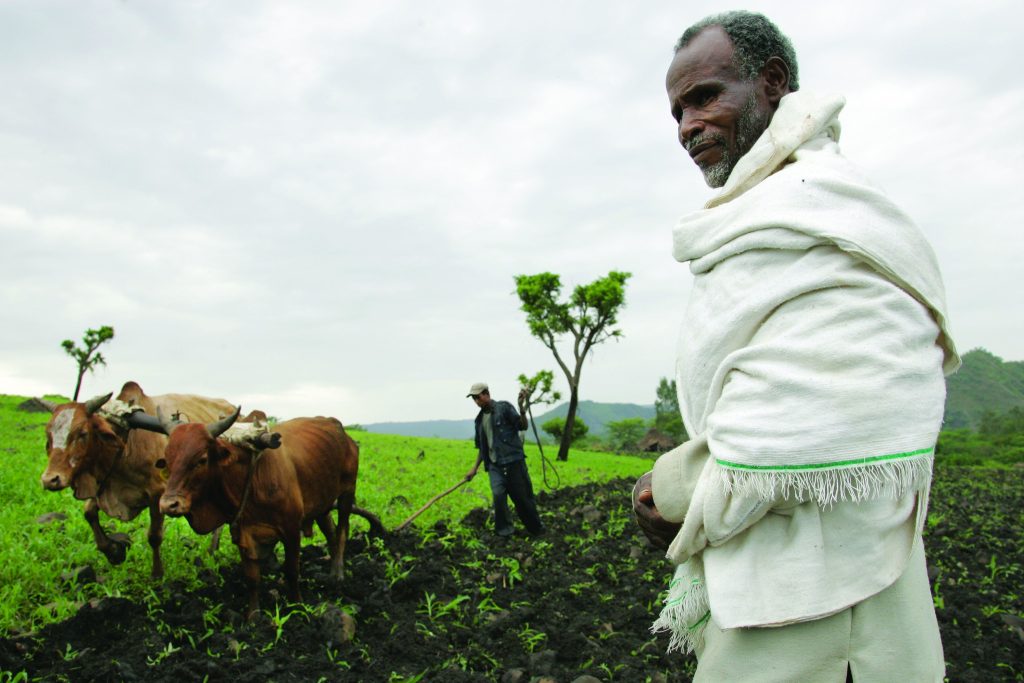
Ethiopia’s economy is solidly an agrarian economy; this much is certain. Agriculture accounts for almost 60% of the GDP of the nation, and for almost the entire revenue generated from international trade. Yet the country still lacks remotely feasible development and sustainability practices and mechanisms.
Even during a year where other sectors like mining have made a resurgence like the current fiscal year the reliance of the country on agriculture is evident, perhaps even more so. Ethiopia has brought in 1.8 billion USD in export revenue so far this year, and agricultural exports account for 1.18 billion USD.
Given this reliance on agriculture many have been sounding the alarm for many years on the lack of modern methods and policies surrounding the agriculture industry. Among those methods and policies that require refinement, climactic challenges are at the forefront. The most pressing of these in the Ethiopian context are droughts, floods, pests and diseases.
In an effort to address these issues the African Risk Capacity Group (ARC), which Ethiopia is a member of, in partnership with Pula (an aggregator specializing in micro and macro parametric insurance in agriculture), has agreed to deliver insurance indexed products to African farmers. While such efforts existed before this partnership, the ARC explains that previous policies were set on using governments as middlemen. This presented many challenges related to efficiency due to financial constraints that prevented governments from providing a more holistic coverage for farmers.
These challenges are where Pula comes in. As an organisation that had been primarily focused on providing services to private agents, the partnership creates room for the coverage of both public and private sectors with the minimal level of bureaucratic and logistic constraints.
The ARC and Pula complement each other in more way than by simply creating a viable avenue for private-public partnerships. For example, Pula’s strength in Area Yield Index(which is coverage based on the average yield of an area) complements the ARC’s vast experience in drought damage coverage.
FAO, Index Insurance Forum, New Business Ethiopia
